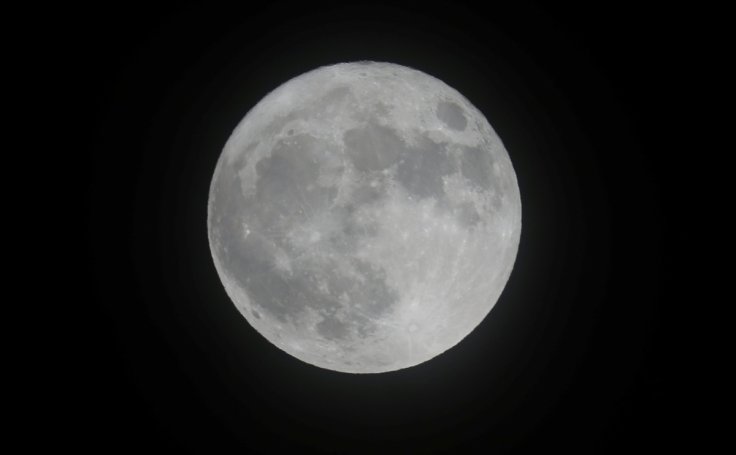
January 2018, would be a better start for stargazers as it would prelude series of supermoons this year, which is expected to witness a long list of space events. Astronomers have predicted two supermoons this month: on 1st and 31st.
The "wolf moon" or the first new moon of the year will light up the skies on January 1st. The moon will be at its closest point to earth during this period as it will orbit closer to the planet. The supermoon would appear 14% bigger and 30% brighter than usual full moons. This happens when the moon gets 30,000 miles (about 50,000km) closer to the Earth (perigee) than the farther end of its orbit (apogee). One may view the moon double or triple size bigger than its usual size during the dawn and dusk during the celestial event. It would be visible at its maximum size near the horizon.
Noah Petro, a research scientist from NASA's Goddard Space Flight Center said, "The supermoons are a great opportunity for people to start looking at the Moon, not just that once but every chance they have."
The first full moon of a year has been named after howling of wolves. It is also called as Old Moon, Ice Moon, Snow Moon and the Moon after Yule in different regions.
Best is yet to come
The third supermoon event on January 31 would give the most impressive view. The moon would exhibit a total lunar eclipse this day and it could be fully viewed from western North America across Pacific to Eastern Asia.
The total lunar eclipse occurs when earth's shadow completely blocks sun's light falling on the moon. This results in a 'blood Moon', where the natural satellite loses its brightness, resulting in a fainter-than-normal glow.
January 31 supermoon would also be the second full moon of the month making it a super Blue Moon, which is the term usually used for referring second full moon of a month. It is also called the 'super blue blood'.
What could be a better start for stargazers and astronomy enthusiasts?
Also read more about the supermoon on December 3, 2017.









